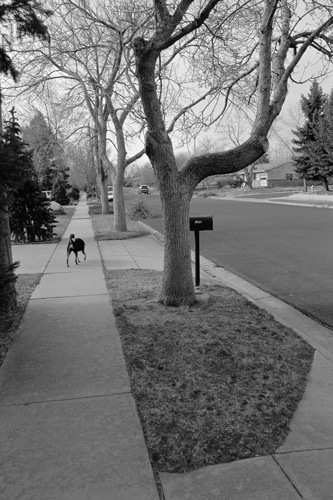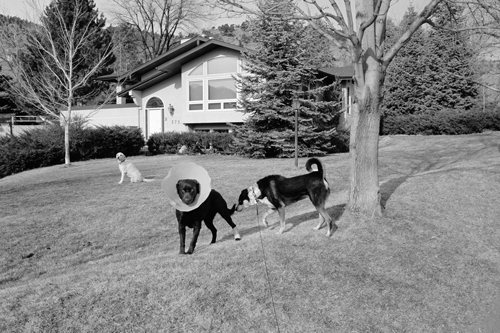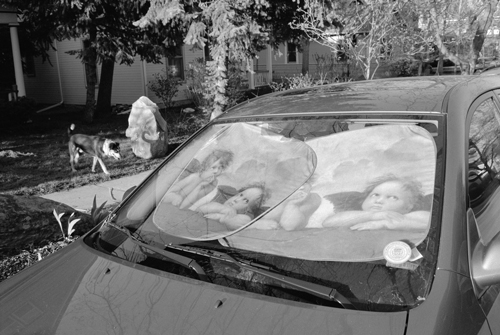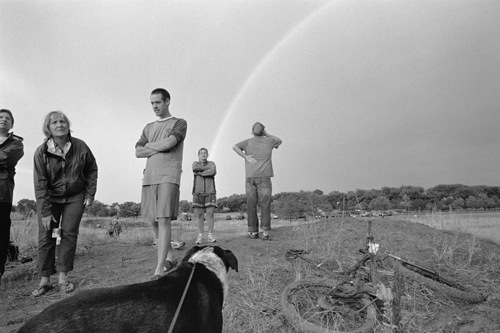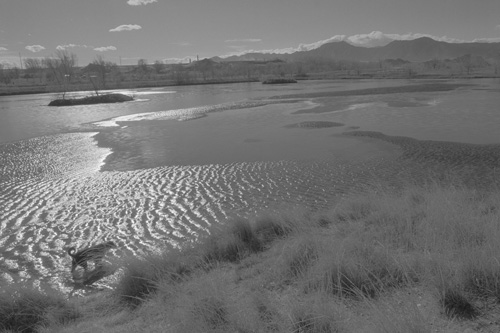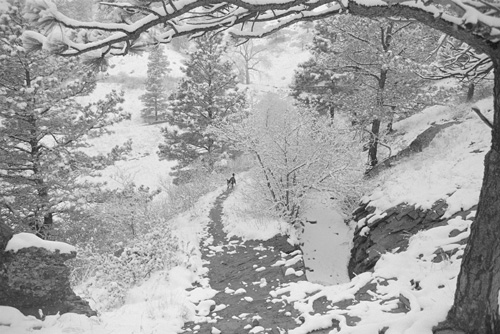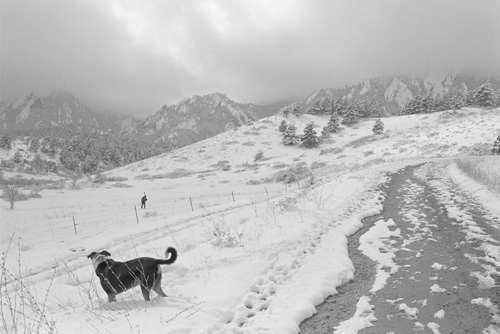
| |
Colorado can be loosely divided into three cultural/geographical areas commonly referred to as the Eastern Plains, a vast region of rolling dry grasslands with a sparse, agriculture-based population; the Front Range, where most of the state's population is concentrated along the I-25 north/south corridor hugging the eastern base of the Rocky Mountains that includes the population centers of Fort Collins, Boulder, Denver, Colorado Springs, and Pueblo; and, lastly, the Western Slope, which includes the rugged mountain, mesa, and canyon regions that break off from the Great Divide into the surrounding states and desert regions and includes Vail, Aspen, Grand Junction, Durango, and other scattered communities based on ranching, mining, tourism, and more. The central metropolitan area is often loosely referred to as the Denver/Boulder area. Boulder, however, is often regarded as an effete satellite, a fate shared by university towns elsewhere. Boulder basks in an athletic, sun-drenched, outdoor culture, awash in dogs, bicycles, and German cars—and some bikes may be worth more than the cars. Its prosperity and location predispose the population now to homogeneity, being primarily white, educated, affluent, and they, like me, imported. A shadow population of Latino workers live here, and manage to find residence despite the expensive housing. My wife, Kris Lewis, is an architect. We have lived in Boulder since I came to teach painting at the University of Colorado in 1971. Our dissimilar twin daughters, Chloe and Shannon, were born in 1987. Wary of a privileged learning environment, we enrolled them in a bilingual primary school, where they made rich friendships and became fully steeped in Latino culture. The "shadow community" emerged from the shadows for all of us. We found that looking deeper inside one's community can be as enriching as looking beyond it. Today, Shannon is an accomplished rock climber and teacher, and Chloe is a top-professional mountain bike racer. Kris and I bike and hike the local trails. All of us both resist and indulge in what our home place has made of us. Copyright © 2013 Charles Forsman. All rights reserved.
|
